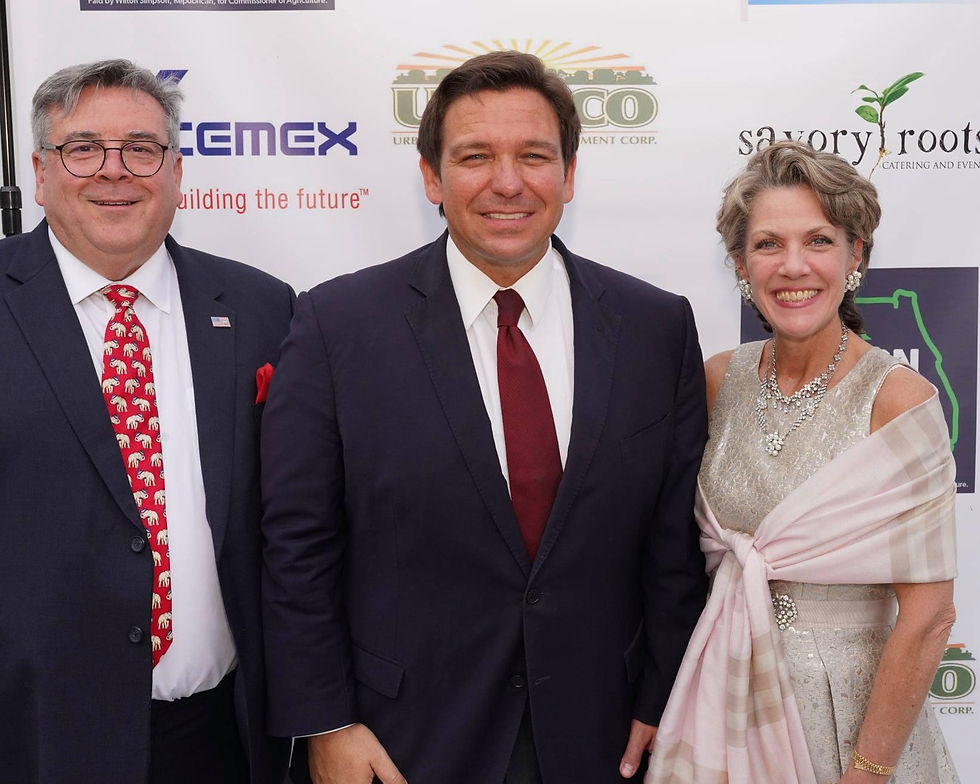Two Million Americans.
- rwsbrec
- Aug 2, 2024
- 3 min read
Fog Over the Economy: Unmasking the Truth Behind Rising Unemployment
As I walked along the foggy paths of Rodeo Beach in Marin County, a stark realization dawned on me—much like the unexpected fog that obscured the sunny day, recent feel-good economic narratives cloud the harsh realities of our current economic climate. Despite reports of robust economic health, the reality many Americans face is starkly different, marked notably by a disturbing trend in unemployment data.
Just this past week, the number of people filing for unemployment surged to a startling high—the highest we've seen in a year. This isn't just a minor statistical hiccup; it's a significant red flag that warrants our attention and demands a deeper examination. This spike, an increase of 14,000 claims in one week alone, bringing the total to 249,000, is more than just numbers—it's a testament to the growing instability in the job market, and a precursor to what could become a larger economic downturn.
The Obscured Reality of Unemployment
Beneath the surface of optimistic economic reports lies a troubling layer of truth: continuous job losses and a labor market struggling to keep its balance. This ongoing trend is not just a series of isolated incidents but a pattern that has persisted for 10 weeks straight, affecting over 2.2 million people. Such figures should be causing alarm bells to ring across all economic sectors, yet the prevailing narrative seems to focus on anything but this impending crisis.
Moreover, the data reveals that the number of individuals remaining on unemployment benefits for an extended period is also increasing, reaching nearly 2 million—a number unseen since November 2021. This escalation is a clear indicator of a labor market that is not as resilient as some might claim. It signals deeper issues such as inadequate job creation and the slow pace of re-employment, factors that could lead to more persistent unemployment rates.
The Economic High-Wire Act
Despite these glaring issues, there's a paradox at the heart of our current economic narrative. On one hand, there's strong consumer demand and a seemingly resilient labor market which some economists credit with staving off a recession amidst aggressive rate hikes that started in March 2022. On the other hand, a significant portion of this spending is driven by debt and concentrated among the wealthier echelons of society, who are less impacted by economic downturns due to their substantial financial buffers.
This skewed spending pattern raises critical questions about the sustainability of our economic growth. Is it healthy for our economy if only a small fraction of the population is keeping the economic engines running? What happens when these high-income individuals tighten their belts?
Policy Implications and the Road Ahead
As we navigate these turbulent economic waters, it's crucial that policymakers and the Federal Reserve take heed of these warning signals. There's talk of a potential rate cut by the Fed in September, seen as a necessary measure to prevent further economic decline. However, such measures might only serve as temporary relief for deeper systemic issues.
Preparing for what might be an inevitable recession involves more than just short-term fiscal adjustments. It requires a comprehensive strategy that includes bolstering job creation across various sectors, enhancing job security, and potentially increasing wage growth to match inflation rates, thereby ensuring that more Americans can participate in and benefit from our economy.
Concluding Thoughts
Just like the momentary clarity you experience when you step out of the fog and into the sunlight, it's time for us to clear the economic haze and face the realities of our current situation. The true state of our economy, much like the hidden sunny skies at Rodeo Beach, is often obscured by fleeting reports and momentary data points. It is our duty, both as engaged citizens and informed commentators, to look beyond these illusions and prepare for the potential challenges ahead.
By understanding the true state of our labor market and the broader economic landscape, we can better prepare for the future, ensuring that when economic storms hit, they find us ready, not resigned to fate.
#EconomicInsights #UnemploymentAlert #JobMarketTrends #FiscalPolicy #RecessionWatch #LaborStatistics #FinancialEducation #WageGrowth #EconomyInFocus #FederalReserveUpdates #michaelbordenaro #bobsuttonbroward #chairmanbobsutton
This blog post strives to peel back the layers of economic reporting to reveal the underlying issues that could shape our economic future. As we continue to navigate through these uncertain times, staying informed and proactive is more crucial than ever.



































Comments